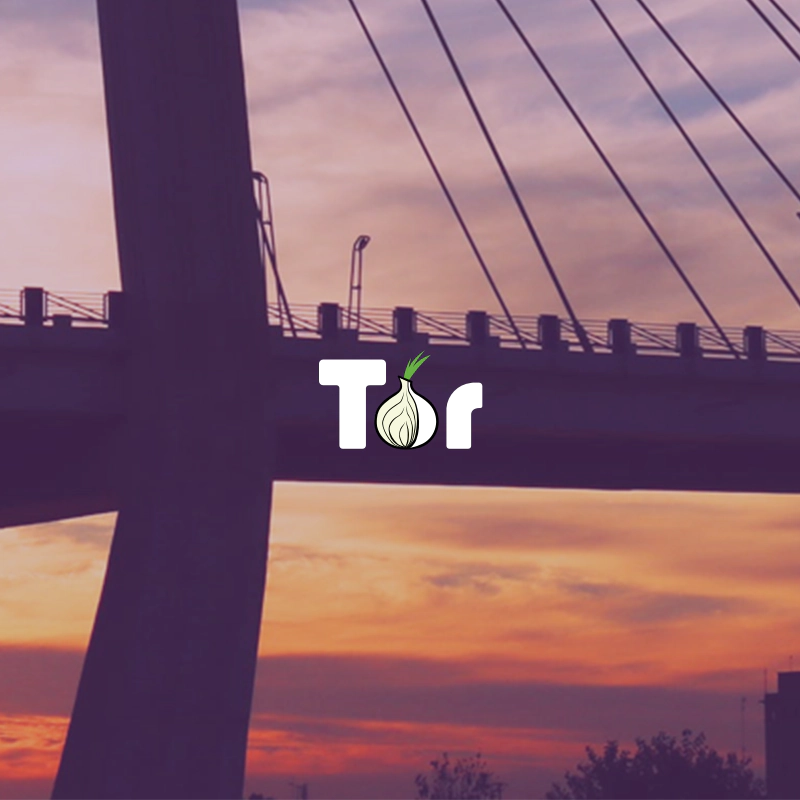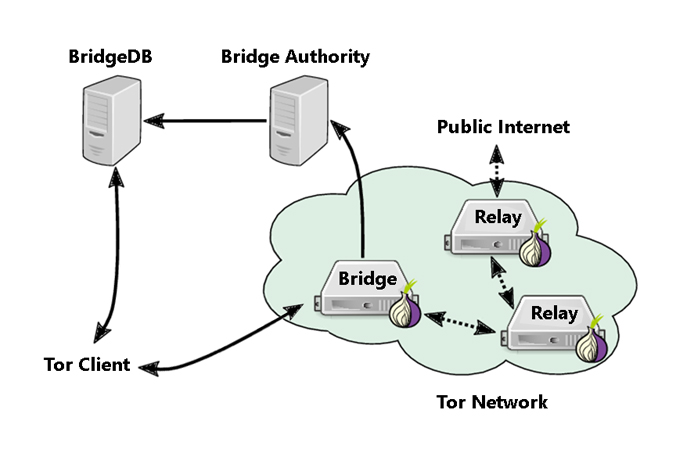
When it comes to browsing the web, people can use a number of browsers to help them.
But among all the browsers they can choose, the Tor Browser should come first in the mind of those who wish to anonymize their internet activities. Using the Tor Browser, users can prevent their ISP and the government from knowing what websites they visit.
While there are other browsers that focus on the privacy of its users, none of them work in the same way as Tor.
According to Tor's about page, the Tor Browser works using the Tor network, which has virtual tunnels to pass users' internet activities.
When Tor Browser users browse the web, the browser will first connects to a random publicly listed entry nodes, to then bounce that traffic through a randomly selected middle relay, before finally sending that traffic out to the public internet through the third and final exit node.
In a blog post, the nonprofit Tor Project, the organization that maintains and develops the Tor software, said that it is running out of bridges.
Bridges are essentially the private Tor relays that serve as Tor Browser users' stepping stone into the Tor network. It's these bridges that provide access to users living in places where the Tor network is blocked.
"Thanks to our community of bridge operators, users in China, Belarus, Iran, and Kazakhstan can connect to the Tor network and access the free and open Internet," explained Tor.
Unlike ordinary relays, bridges are not listed publicly for security and privacy reasons. However, bridges are also like ordinary Tor relays, in which they are run by volunteers.
Because the networks is running out of volunteers who maintain the bridges, users are at risk of not being able to connect to Tor.
In places where Tor is blocked, people won't be able to connect to Tor because without enough bridges, the browser’s ability will be less reliable.
This is why Tor is asking people to help it increase the number of available bridges.
The Tor Project's plan, is to bring in more volunteers to help it reach more than 200 obfs4 bridges online by the end of 2021.

"To show our appreciation for your volunteer work, we're offering unique and exclusive Tor reward kits," said the team.
These reward kits include Tor hoodies, Tor T-shirts, and Tor stickers.
On the blog post, Tor Project details how users can set up a bridge on their own. The blog post also detailed the technical requirements, as well as the rules to earn their rewards.
"Bridge operators must follow the Tor relay good practices," said the team, adding that due to Tor Project's limited staff, the campaign shall end in January 2022.
And for those who wish to help Tor but are not technical enough to run a bridge, they can do other things to help.
For example, they can run a Snowflake proxy by just installing a browser extension. They can make donations too, or help translate Tor materials and documentations to other languages.
According to the Tor Project’s metrics, since August 1 to November 1, 2021, the top 10 countries with users connecting via bridges include Russia (23.43%), the U.S. (21.06%), Iran (7.60%), Germany (4.39%), Belarus (2.80%), the UK (2.66%), China (2.54%), India (2.52%), Netherlands (1.91%), and France (1.79%)